
June 24, 2025: Theatre Yesterday and Today, by Ron Fassler.
Last night at Carnegie Hall, those in attendance for an all-star performance of Jerry Herman’s score to Hello, Dolly!, were treated to an Act One closer no one present is ever likely to forget. When cabaret superstar Marilyn Maye took to the stage and quietly intoned Dolly Gallagher Levi’s speech to her dead husband Ephram, it was as if time stopped. The monologue, equal parts Michael Stewart, author of the show’s book and Thornton Wilder, who wrote its source material, The Matchmaker, perfectly served up Ms. May to then quietly and effortlessly segue way into “Before the Parade Passes By,” building it in ways I’ve never seen done before (and I’ve seen it done many times). That she is ninety-seven years old is entirely beside the point. The fact is she acted the hell out of it and sang it with an energy and vitality that demanded the standing ovation it got. It was extraordinary when, if as one, 3,000 leaped to their feet wildly cheering. Unforgettable.

As a fundraiser over the past two years, the Transport Group (one of the best theatre companies in New York) has staged concert versions of Maury Yeston and Arthur Kopit’s Nine and Stephen Sondheim and James Goldman’s Follies. This year, the beloved Hello, Dolly! made for a wise choice. Its lively score by Jerry Herman tends to be somewhat overlooked due to its original production’s bold and imaginative staging that sprang from the mind of director and choreographer Gower Champion. Also, most of the oxygen was sucked up by its leading lady Carol Channing and, decades later by Bette Midler in its wildly successful 2017 revival. But the truth is that Herman’s score is a total charmer with rousingly big choral numbers in addition to tender and sweet ballads. Basically, it’s got everything.
That Dolly opened January 16, 1964, just two months after the assassination of President John F. Kennedy, was unfortunate timing. Not only was it the dead of winter but Americans were still reeling from the bloodshed they watched helplessly on television. It is incredible that Dolly’s uplift and message of hope and renewal resulted in a musical comedy that helped revive a depressed nation.

With a cast of 30, a 30-piece orchestra, and a chorus of more than 50, this presentation was a gargantuan undertaking. Given the precious little rehearsal things mostly came off without a hitch. Under the baton of Joey Chancey, also billed as Musical Supervisor, it was another impressive outing for director Jack Cummings III, Transport Group’s Artistic Director. There was a nice flow to it (the songs were essentially performed in order) and as able narrators and hosts Spectrum News NY 1’s Frank Dilella and Broadway’s Lee Roy Reams (a genuine Dolly! veteran) did a fine job. I was a little fearful when the first song, “I Put My Hand in Here” was rather bizarrely done by Katie Finneran, clearly doing her own thing. It appeared as if she chose to honor Carol Channing’s Lorelei Lee rather than Mrs. Levi both in attitude and costume. It proved an anomaly, however, as everyone after seemed to be on the same page in tribute to the musical as written.
The pros who came prepared walked away with the evening’s bounty of applause. Leave it to Thom Sesma and Chris Seiber to put over Vandergelder’s two numbers, “It Takes a Woman” and “Penny in My Pocket” respectively, with ease and aplomb. The latter, a song cut from the original version and added to the 2017 revival for David Hyde Pierce, was expertly sung by Sieber, certainly the best singer I’ve ever heard attack the role. He also knows where the funny is in such a big way. Kate Baldwin, who was Irene Malloy in that revival, didn’t sing her character's solo “Ribbons Down My Back,” but instead did “Love, Look in My Window,” which was added when Ethel Merman played Dolly in its 7th and final year on Broadway (Dolly was originally written for the Merm, who turned it down). Baldwin, a sincerely brilliant singer, practically melted butter while singing in a manner as divorced from Merman as possible. “Ribbons” was given to Nikki Renée Daniels, another personal favorite, who delicately brought out every ounce of the beauty in the song. And “Love is Only Love,” used in the 1969 film of Dolly! and performed by Alysha Umphress, made quite an impression. As the story goes, Barbra Streisand asked/demanded another solo and after hearing “Love is Only Love,” approved the choice. I’m sure Herman made it seem like he wrote it just for her voice, but it first appeared in Mame, only to be cut out of town. That was a second attempt to work it into a score as Herman had first written it for his 1961 off-Broadway musical Madame Aphrodite, though it went unused. Umphress dazzled with the song, leaving me to wonder someone will write an original musical for her.
Barbara Walsh and Grey Henson were thoroughly engaging as Dolly and Cornelius in “Dancing” with adorable assists from recent Tony winner Jak Malone (Operation Mincemeat), Erica Henningsen, and Samantha Williams. The dueting of Andrew Barth Feldman and Helen J. Shen for “It Only Takes a Moment” was endearing (the pair are apparently dating), and what a pleasure to have the purity of Santino Fontana’s voice to lead “Put on Your Sunday Clothes” (he replaced Gavin Creel as Cornelius for two months mid-run during the 2017 revival). The ambitiousness of the night also included bringing out dancers to march in their Sunday finery for “Sunday Clothes” and later, in Act Two, the acrobatic “Waiter’s Gallop” was executed with gleeful abandon. As Lee Roy Reams noted aloud, “These people have all given their time and energy for free to make this happen, so let’s hear it for them!”

Less polished but extremely enjoyable turns came from Gracie Lawrence singing “Just Leave Everything to Me,” a reworking of “I Put My Hand in Here” when Streisand again asked/demanded for something different, and Keica Lewis, who sang the other 1970 Merman song, “World Take Me Back.” Though both Lawrence and Lewis used music stands for lyric help, they handled things graciously and in their own singular style.
Even throwaways like “Motherhood” and “Elegance” were a lot of fun. Leave it to Ann Harada to root out every inch of comedy in “Motherhood,” joined ably by Hannah Elless and Anna Zavelson. And “Elegance” had A.J. Shively, Ephraim Sikes, Jessica Fontana, and Ashley D. Kelley classily strutting their stuff. The triumphant “Hello, Dolly!” number was supposed to have Beth Leavel leading the waiters, but she was sidelined early in the morning by a Covid diagnosis. Stepping in on a moment’s notice, Jennifer Simard (currently starring in Death Becomes Her) took a giant leap by bravely stepping in on a wing and a prayer. A costume was pulled for her that was more like something Carol Channing wore in Thoroughly Modern Millie, but who cares? She was game and even when messing up the choreography had the audience in the palm of her hand.
I’m sorry to report I was less taken with J. Harrison Ghee’s take on “So Long, Dearie.” They can sing like nobody’s business, but they didn’t make me laugh. It felt a bit like performing for oneself than for the audience. Having seen Pearl Bailey’s take on it way back in 1969, the memory of her doing it is something that’s stayed with me for more than fifty years.
Attention must be paid to the show’s original orchestrations by Philip J. Lang that were played to a state of perfection. What bliss to hear the sound produced by this orchestra! Also, there was sparkling work from arrangers Adam Jones and Larry Blank’s, with a special nod to original vocal arranger Shepard Coleman as well as Don Pippin, who re-did some of the vocals for the 2017 revival and is credited here. The singers—more than fifty strong—sounded great.
I must mention that during Act One, I was seated three seats over from Sondra Lee, the original Minnie Fay from the 1965 production. Observing her watch everything unfold was a show all of itself. Her enthusiasm and love reached the actors like waves hitting the shore. During Act Two, she left her seat briefly—age ninety-six, mind you—and took to the stage for a well-deserved ovation. The short speech she promised wound up including many off-the-cuff remarks, the best of which was her telling all assembled, “I really don’t want to leave the stage.” And she wasn’t joking.

As many who’ve seen Dolly! know, it ends with a soft reprise of the title tune sung by Horace to Dolly. Its sweetness never fails to get me, and it was so lovely that director Jack Cummings III chose to have Christopher Sieber make another appearance as Vandergelder and gracefully address the song to Lee Roy Reams from where he was seated stage right. Using Reems, the only American male actor to portray Dolly in a 2015 production in Florida felt so right, ending the show with a dose of charm and comedy—just like the musical itself. Bravo to all involved.
Ron Fassler is the author of the recently published The Show Goes On: Broadway Hirings, Firings and Replacements. For news and "Theatre Yesterday and Today" columns when they break, please hit the FOLLOW button.

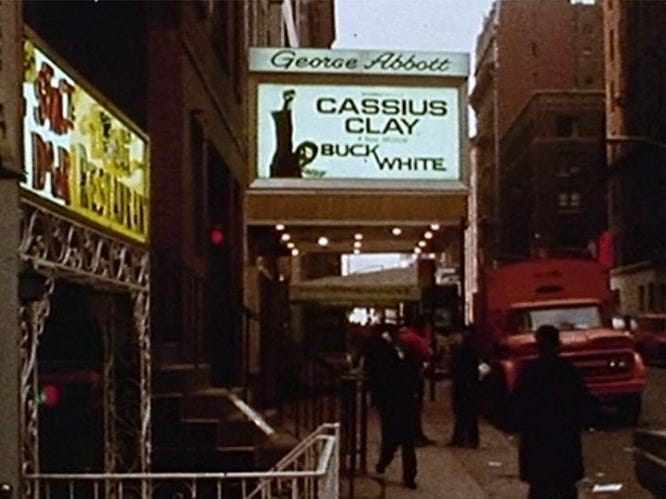

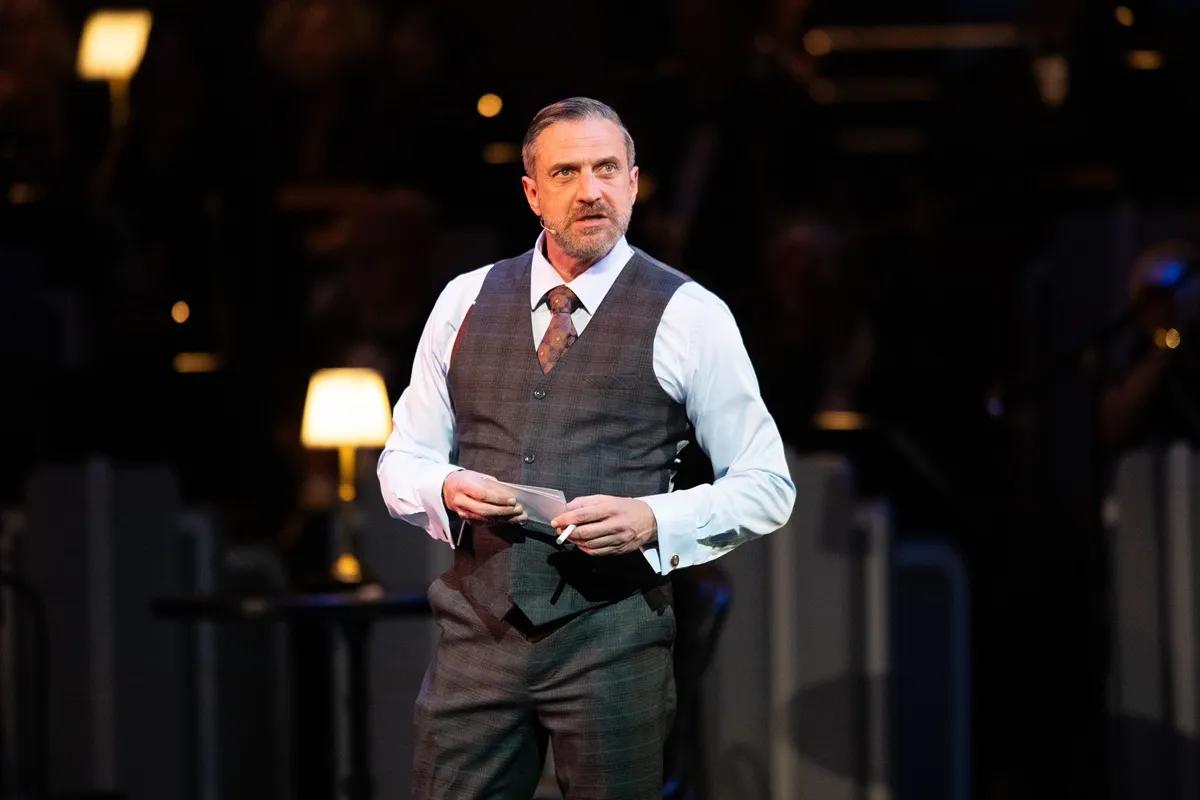
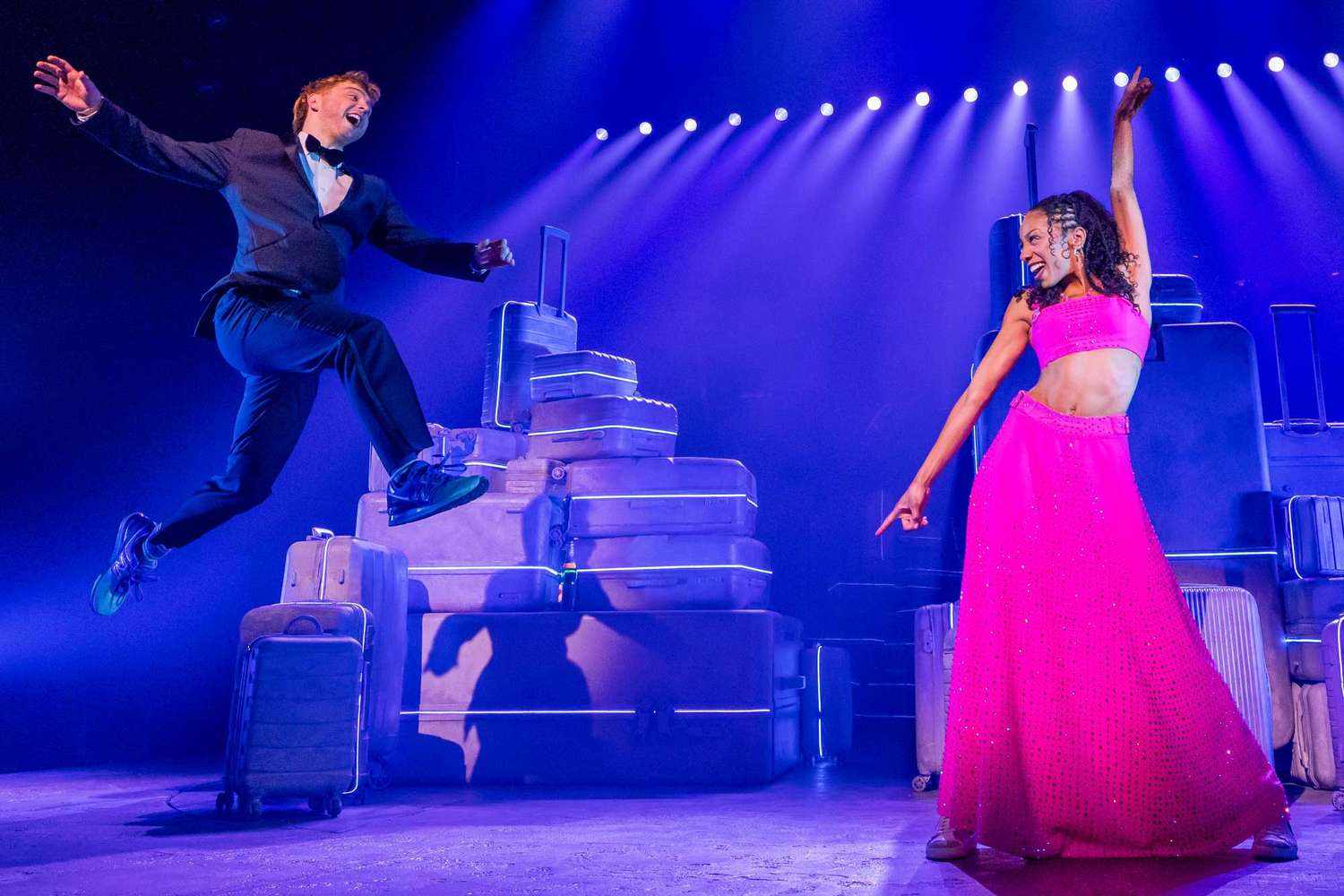
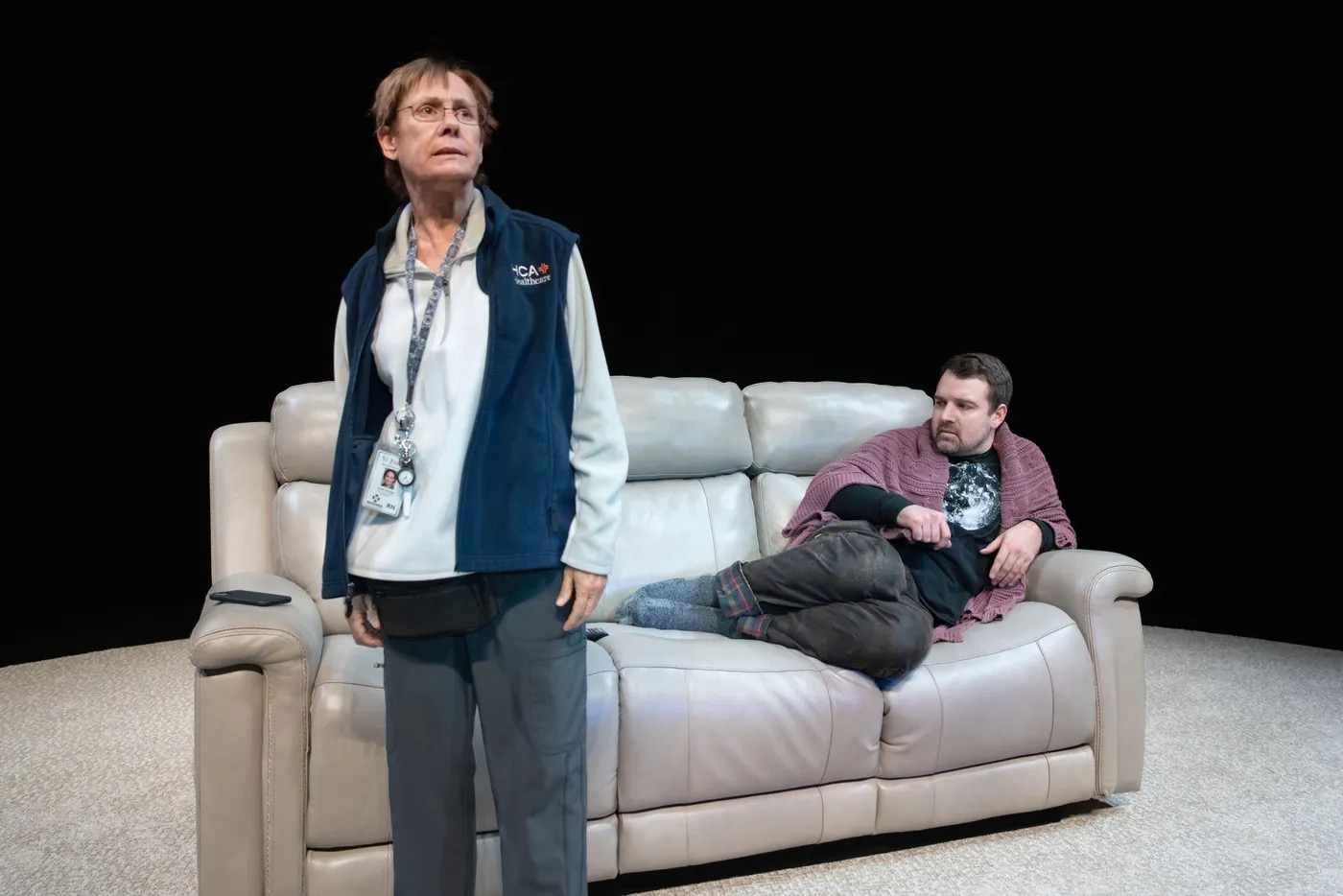
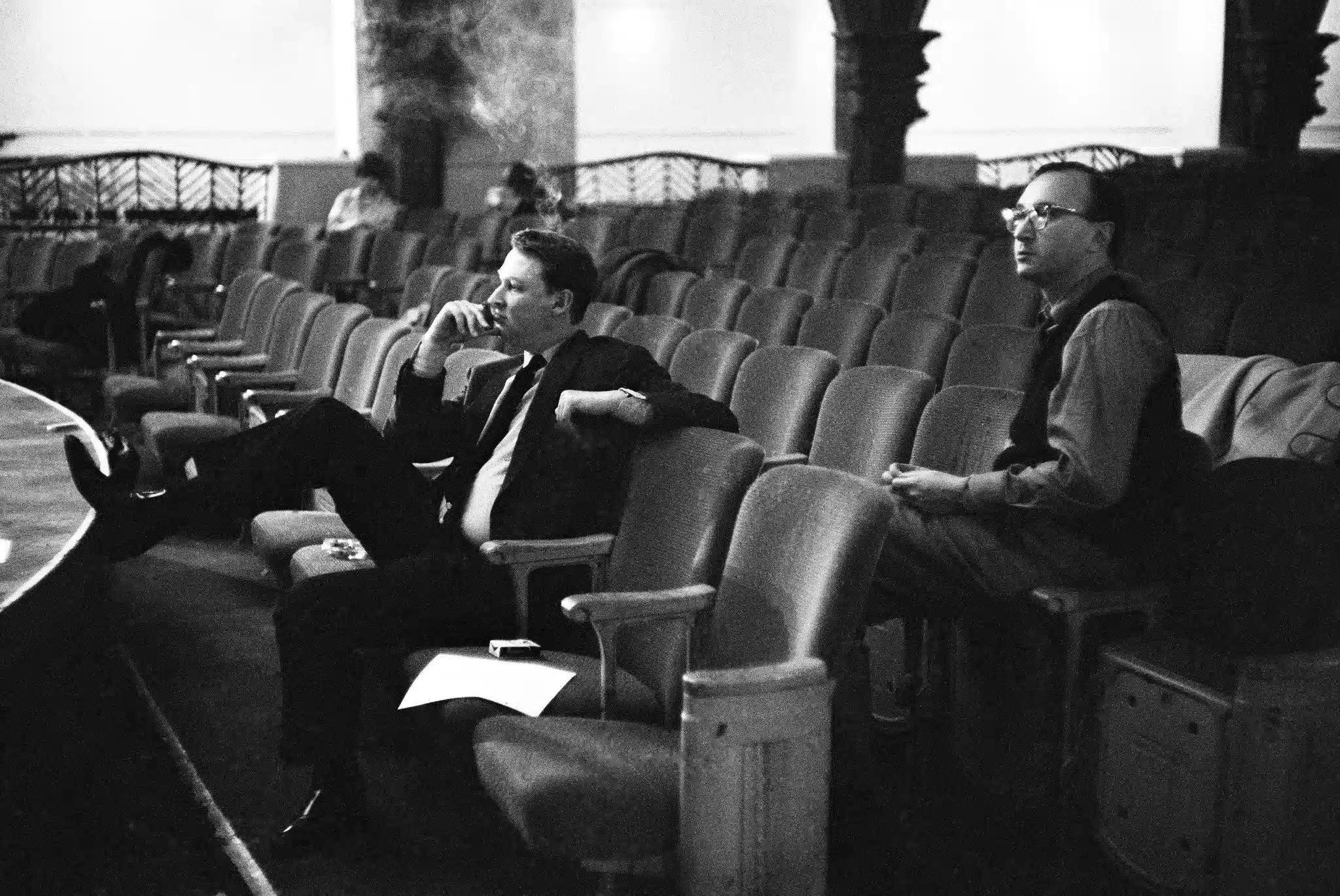
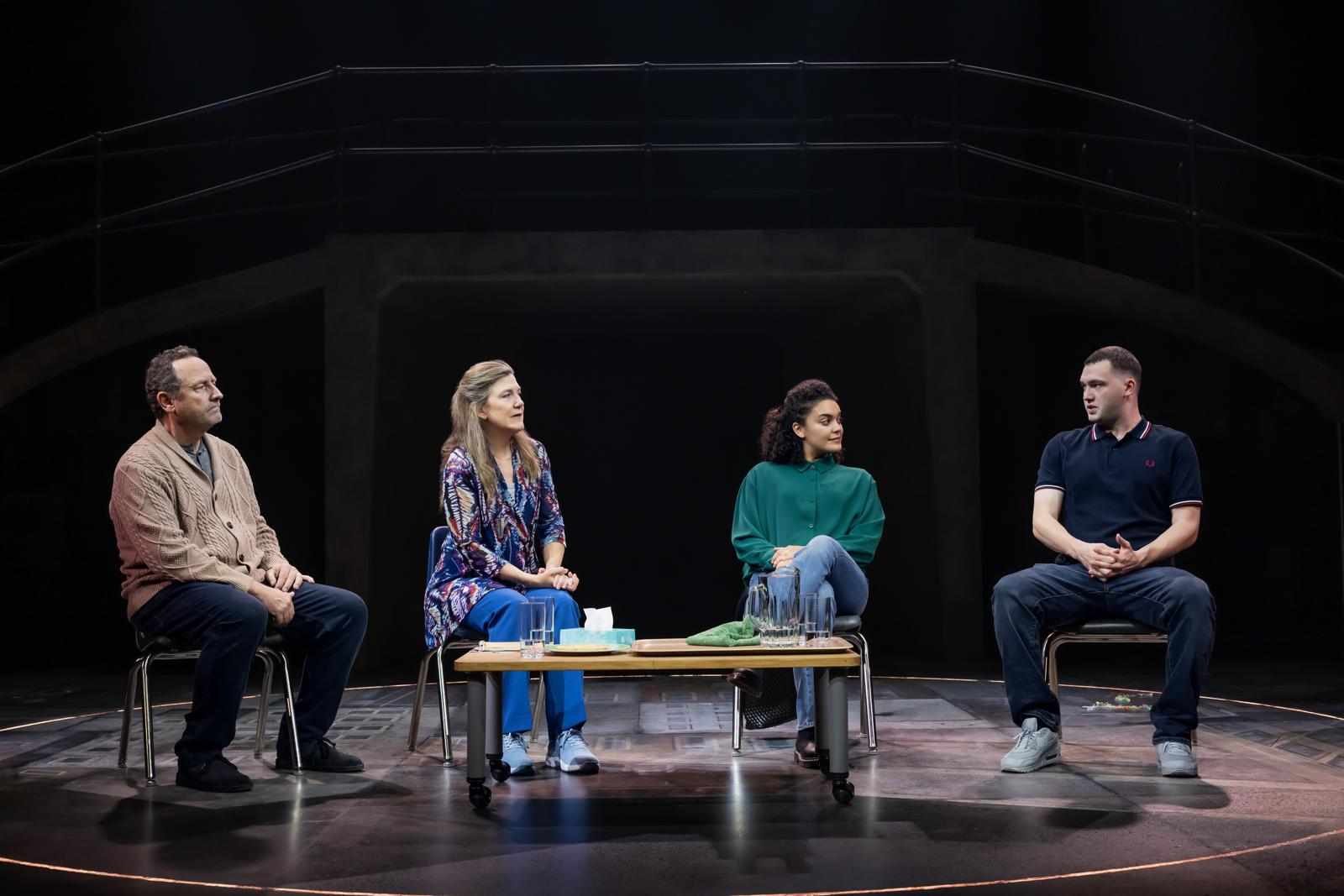

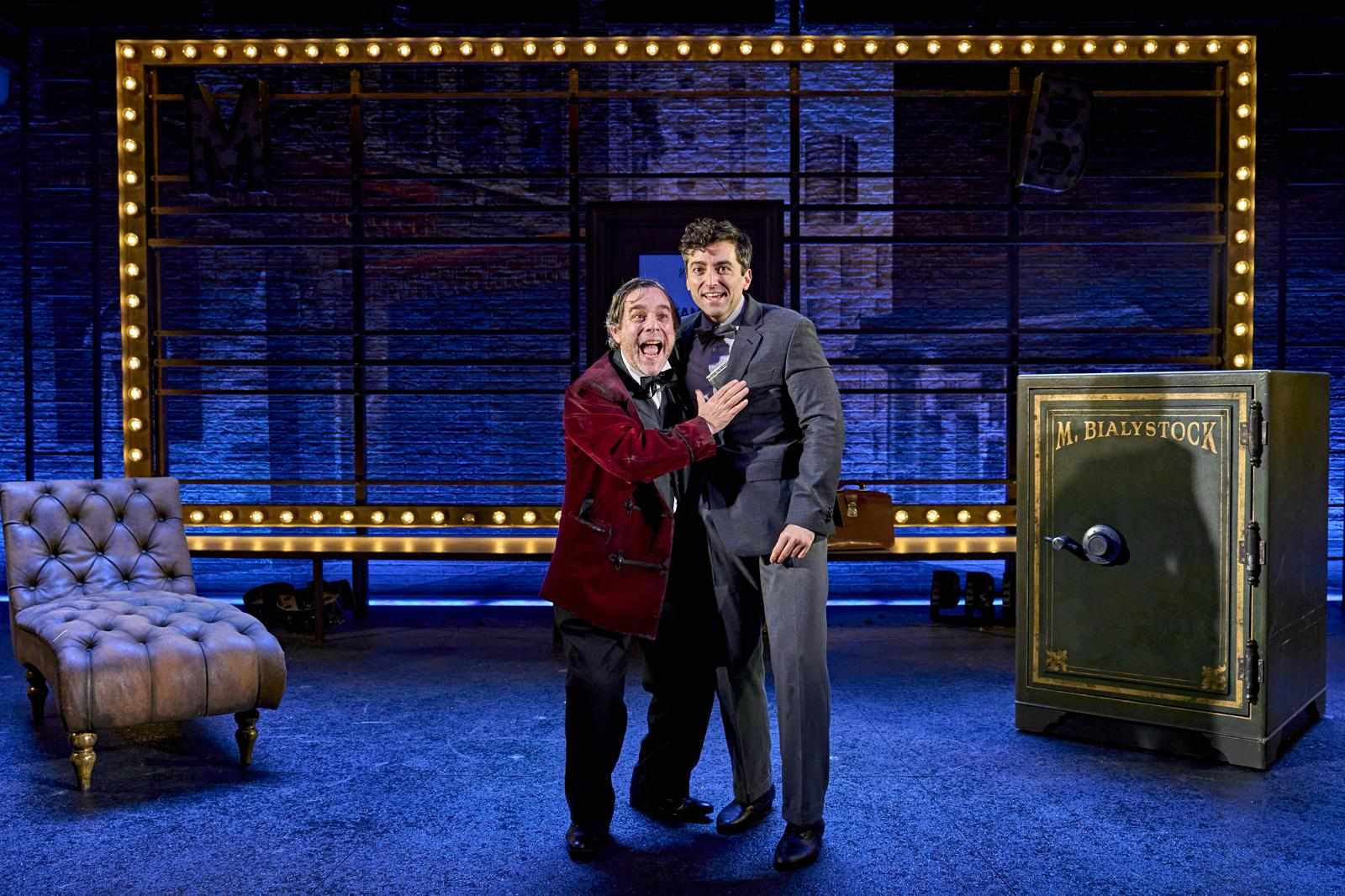
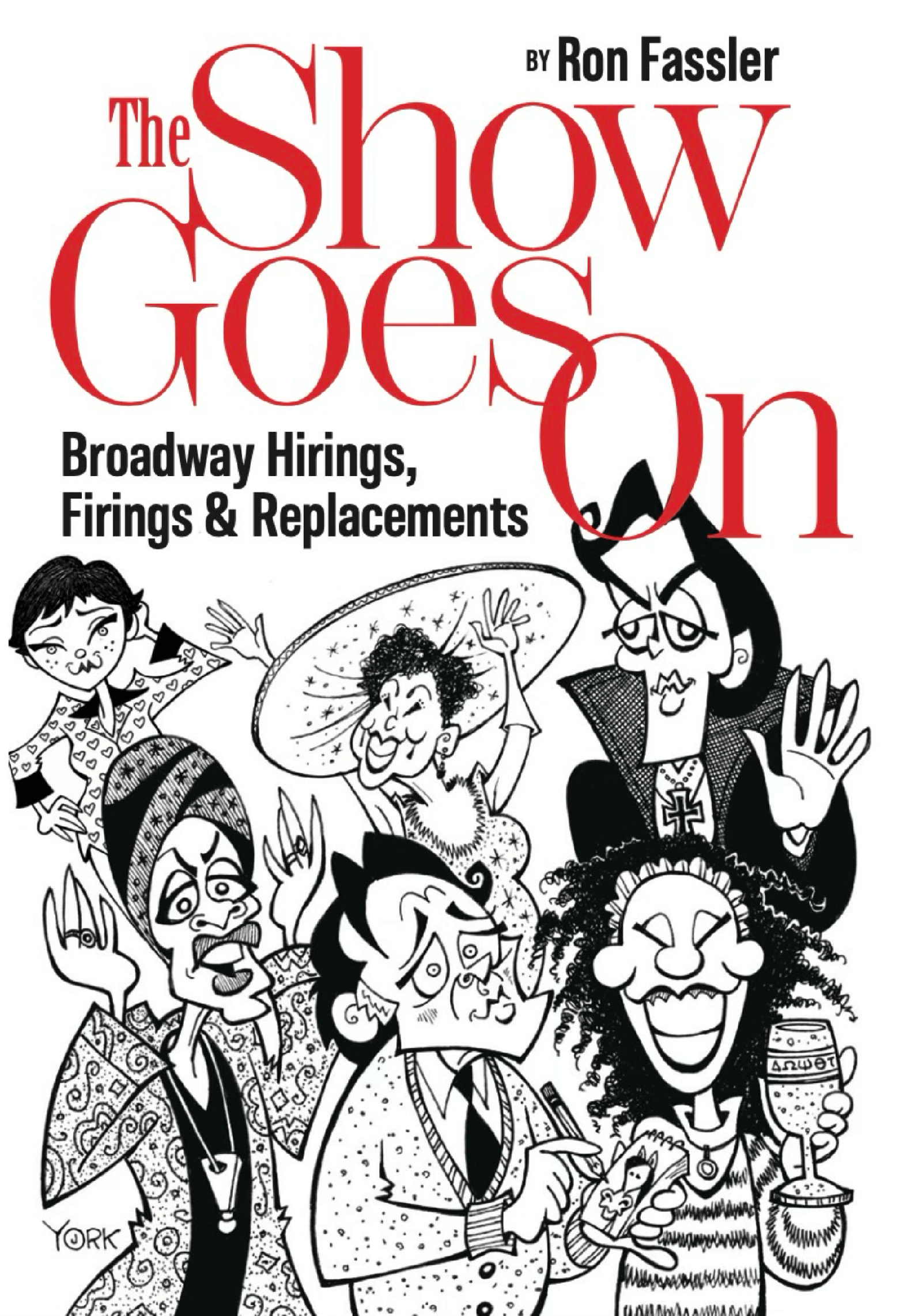
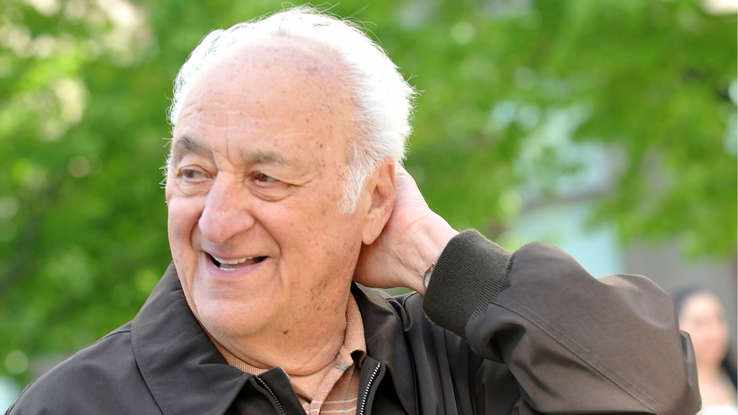
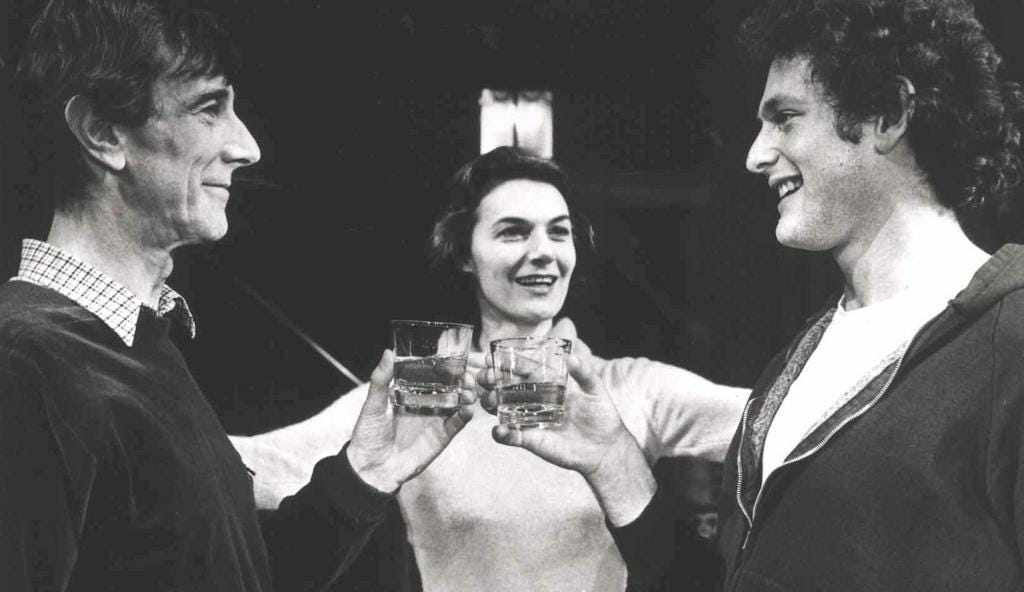




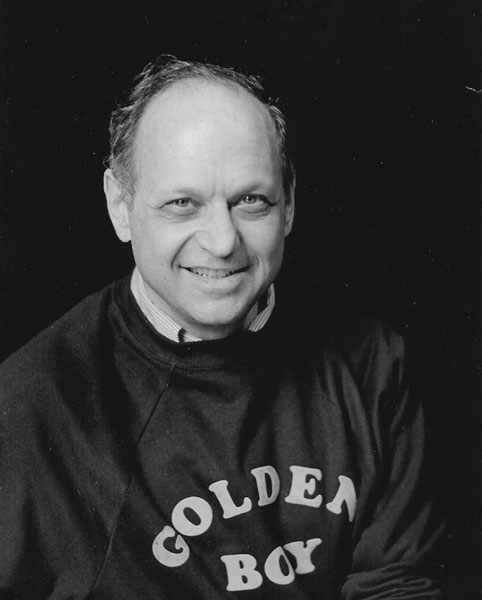


Write a comment ...